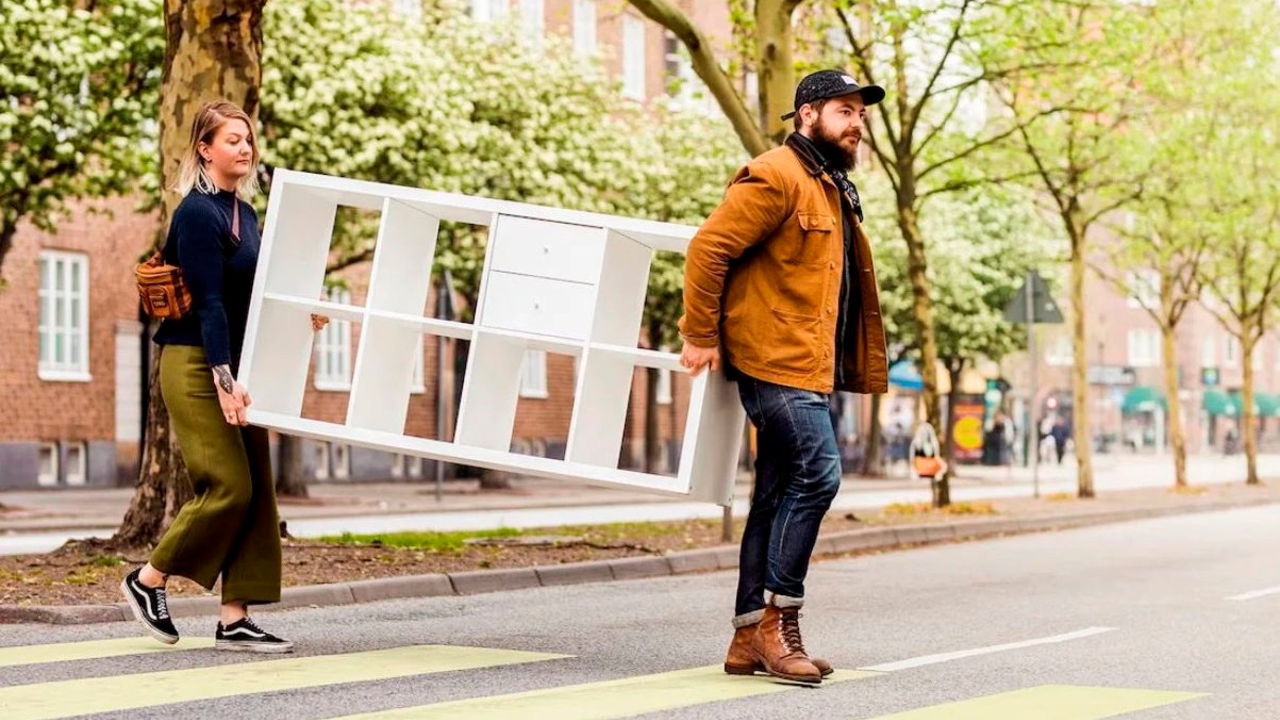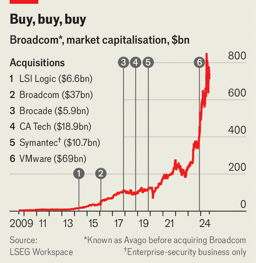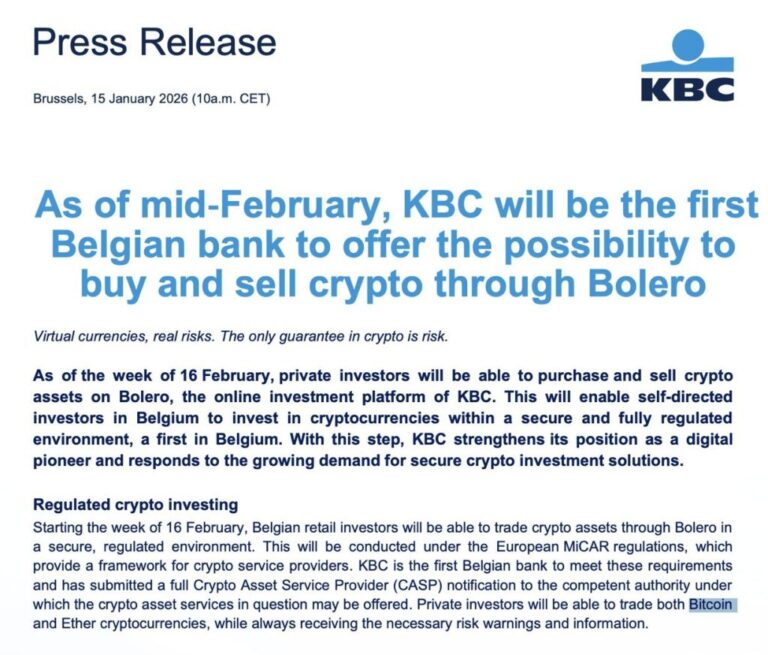
There are worse ways to spend a lazy Saturday than to take a trip to one of IKEA’s giant furniture stores. Young children can be swiftly deposited at Småland, the supervised play area, leaving you to navigate the maze of flat-pack furniture and bric-a-brac at your leisure; you might even stop at the restaurant for a plate of Swedish meatballs.
IKEA’s cheap products—and its knack for getting shoppers to walk away with bagfuls of adornments they never knew they needed—have made it into the world’s biggest furniture company, with €48bn ($53bn) in annual sales last year. The company, which is held privately through a bewildering network of foundations, controls around 9% of the fragmented global furniture market. In an effort to keep growing, it has been investing in its e-commerce offering and adding new store formats. Its latest experiment, in second-hand furniture, could help it get both bigger and greener.
In the past few years IKEA has been busily trying to make buying its wares more convenient, particularly for customers without a car. As much as they might enjoy wandering around one of its giant stores, many shoppers do not have a day to spare to buy two folding chairs, says Jesper Brodin, the boss of INGKA, which owns most of IKEA’s shops (though not its intellectual property). Online sales, which the company was initially slow to adopt, have been a priority since the covid-19 pandemic, when nearly all IKEA shops were closed. They now account for 23% of the total.
IKEA has also been moving its stores closer to customers. It now has “planning centres” in central locations where customers can put together their ideal kitchen, bedroom or bathroom. Smaller stores in busy shopping districts have cropped up in numerous cities, too. In July ikea invested in a tower being built on Manhattan’s Fifth Avenue; a new shop will open on Oxford Street in central London in the spring. The company has also been buying malls where it intends to make IKEA the anchor tenant. In November INGKA bought Churchill Square, the main shopping centre in Brighton, in southern England. It will set up shop on a site once occupied by Debenhams, a failed department store.
Both developments are new for IKEA, but hardly for the industry. More novel is its recent announcement of a platform for people to sell their secondhand IKEA furniture online, beginning with trials in Oslo and Madrid that will run until December, ahead of a worldwide rollout next year. IKEA customers can already sell their furniture back to the firm at its shops, a service more than 200,000 customers made use of last year, twice as many as in 2022. The company’s secondhand platform will allow people to palm their old furniture off to new buyers directly. IKEA will provide recommended prices, generic photos and product details (including, importantly, assembly instructions); sellers can then add their own pictures and choose their price. The buyer collects the furniture.
IKEA products already account for around a third of secondhand-furniture sales by volume, according to Mr Brodin. Although the platform will be free to use, at least at first, it will provide IKEA a way to encourage sellers back to its stores. If they opt for an IKEA voucher as payment, they receive a 15% bonus on the sale price.
It has legs
Besides boosting sales, the platform should help IKEA towards another of its ambitions: to be greener. Mr Brodin reckons sustainability and profitability can go together. Since 2016 the company has expanded its sales by a third but reduced carbon emissions from its operations by half, and from its supply chain by a fifth. Four-fifths of the energy consumed by its stores and factories is now from renewable sources. In Germany, its largest market outside its home country of Sweden, it operates 23 solar plants and five wind farms (it sells its excess power to the grid). By making it easier for people to sell their old furniture, fewer Billy bookcases will end up in the bin—and more flat-pack furniture will end up in living rooms. ■
To stay on top of the biggest stories in business and technology, sign up to the Bottom Line, our weekly subscriber-only newsletter.



















